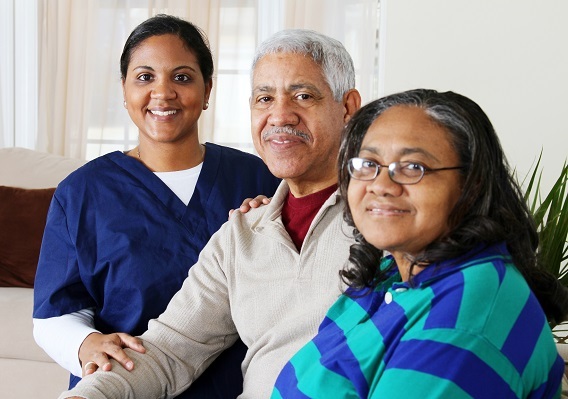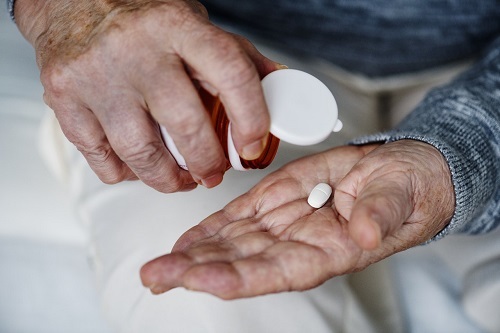![]()
I learned to drive with my parents’ beat-up,1965, blue Chevy station wagon with “three on the tree.” My brother took me to the nearby drive-in movie theatre and we drove up and down the vacant aisles. I didn’t do much advancing from point A to point B. I did more lurching forward, rolling backward and standing still. I killed the engine so often I qualified for my high school’s “Most Likely To Become A Mass Murderer” award. My brother gave up after one day. Every subsequent “lesson” I was on my own. I gradually got the hang of easing the clutch out and feeling the triumphant reward of smooth forward movement. I loved and hated that car all the way through high school. I hadn’t merely achieved a modicum of independence, I had added to my sassy, smart, student government president, self-image.
I’m in my sixties now and know that sometime in the next 10-15 years, depending on my health, I’ll hang up my car keys. Many consider this moment “the end of independence.” I prefer to think of it as a transition in my self-image. Advertising and experience teaches that cars project to the world, who we are. We redefine that “who” many times in our lives. We express our independent spirit in many ways. When I quit a corporate job in my early thirties and agonized over whether to have kids, I bought a sports car and decided to learn to race. I was determined that becoming a mother wouldn’t change my style. It didn’t take long to discover how wrong I was. But I loved race weekends at Wisconsin’s Road America and drove “Baby #1” for 18 years. I always called my Porsche, “Baby #1” and my oldest kid, “Baby #2.” Baby #1 is a year older than Jacob, 34. I gave her to my ex-husband in the divorce because my arthritic knee doesn’t allow me to drive a stick any more. I hate my current automatic—feels frumpy and like I’m back in my soccer mom life.
In the past forty years I’ve owned several cars. I love driving. I like buying cars. I prefer haggling for a car to grocery shopping and every mall trek ever had to make. In sequential and overlapping order I’ve owned: a tan, Datsun Corolla sedan, a royal-blue Nissan Sentra, a midnight blue Porsche 944 with silver racing stripe, a matte silver Volvo wagon, a bright white Subaru Outback Hatchback, a metallic blue Ford Windstar mini-van, a silver-blue Nissan Altima, a black, 335i BMW sedan and a burgundy 3.6R Subaru Outback. Guess which cars I drove when I was single? had young kids? had teenagers? taught on college campuses? in retirement? Which was my first “mid-life crisis” car? You’re probably right on all counts.
Your guesses aren’t based on calculating “how much independence did she feel with car x, versus car y.” They’re based on predicting “what’s the image of each of these cars and how might they connect with her stage, age and activities.” Each of these cars evokes a flood of memories that recall particular moments of all moods; positive, negative and in-between. Driving a car isn’t merely about “mobility,” or “independence.” It’s more about the image we project to the world. So what happens when we hang up our keys? We’re forced to redefine our self-image.
In my late fifties, post-surgery, I had home care health helpers visit me several times a week for a few months. They drove me around which initially drove me crazy. On the one hand, I was grateful, thrilled and relieved to get out of the house. On the other hand, I wanted to drive my own damn car. I was far too young to feel so frail and dependent on another. I finally accepted the situation by thinking, “I’m not being driven around by a home health nurse, I’m like our Secretary of State with a chauffer! Enjoy it. Be thankful that I don’t need a second mortgage to achieve such luxury.”
Last week I had the tough decision of how to get to an Emergency Room. I couldn’t drive. It was too late at night to call a neighbor. My daughter was happy to help, but after trying to get settled in her car, we called 911 before getting out of the driveway. Riding in the ambulance I was struck by how lucky I am to live in a community that brings medical care in minutes to wherever I can get cell phone reception. After all the health drama I decided two things. I’m going to buy another high performance car and enjoy it while I can. Simultaneously, I’m going to use Uber, Lyft and taxis more often. I’m going to try on new personas. I’m going to think of in-town travel the way I think of vacation travel--doing an adventure, open to the hospitality of strangers. I’ll try to enjoy a racy retirement rather than resign myself to refusing opportunities. When the time comes to stop driving, I hope I’ll be ready to enter that transition and integrate independence into my evolving self, in fresh ways.
Written by Kate S. Sharpe, MSW, PhD
For Senior Directory
Read the sister article here:
Hanging Up the Car Keys


Comments